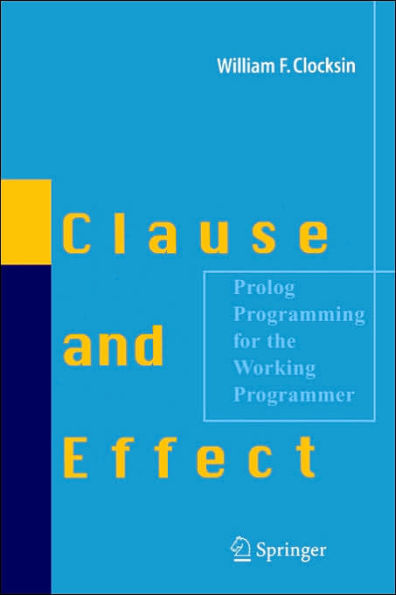5
1
9783540629719


Clause and Effect: Prolog Programming for the Working Programmer / Edition 1 available in Paperback

Clause and Effect: Prolog Programming for the Working Programmer / Edition 1
- ISBN-10:
- 3540629718
- ISBN-13:
- 9783540629719
- Pub. Date:
- 04/29/2003
- Publisher:
- Springer Berlin Heidelberg
- ISBN-10:
- 3540629718
- ISBN-13:
- 9783540629719
- Pub. Date:
- 04/29/2003
- Publisher:
- Springer Berlin Heidelberg
84.99
In Stock

Product Details
| ISBN-13: | 9783540629719 |
|---|---|
| Publisher: | Springer Berlin Heidelberg |
| Publication date: | 04/29/2003 |
| Edition description: | 1997 |
| Pages: | 143 |
| Product dimensions: | 6.10(w) x 9.25(h) x 0.01(d) |
From the B&N Reads Blog
